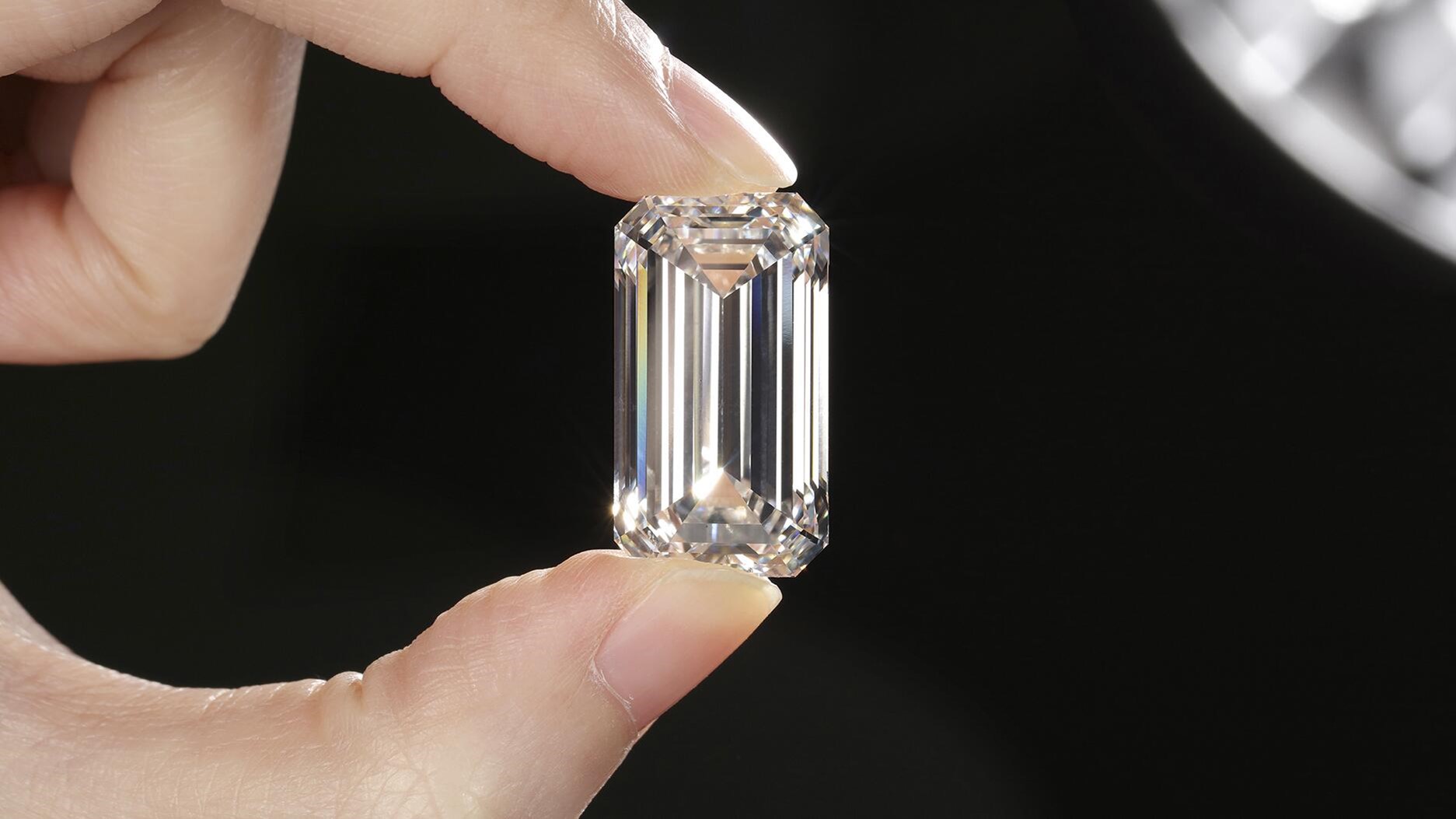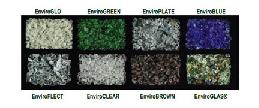
Lab-grown diamonds are the future of luxury jewelry. They sparkle just like natural diamonds, but they come with a major difference—they’re eco-friendly. These gems are created in a lab, mimicking the natural process, but without the harmful environmental impact. In this article, we’ll explore why lab-grown diamonds are a sustainable and ethical choice. We’ll also dive into the stunning color options available and how these gems are revolutionizing jewelry design, from engagement rings to diamond earrings.
The Eco-Heavy Process of Sourcing Natural Diamonds
Natural diamonds are beautiful, but they come with a high environmental cost. The journey from the earth to a jewelry shop is long, and each step leaves a heavy footprint. Eliminating this process is where Lab Grown diamonds really serve the environment. This is what’s involved in sourcing natural diamonds for jewelry:
1) Mining

Diamond mining is one of the most environmentally destructive processes on Earth, taking place in various fragile ecosystems like Siberia, Africa, Canada, and Australia. Each of these locations faces unique environmental impacts from the extraction process, which leaves long-lasting scars on the land.
Siberia
Siberia is home to the Mirny Mine, one of the largest diamond mines in the world. The massive open-pit mine, over a mile in diameter, leaves a visible scar on the landscape. Mining in such a cold, remote area requires enormous energy, mostly from fossil fuels. The ecosystem, already delicate, suffers from the displacement of wildlife and the destruction of habitats.
Africa
In African nations like Botswana, Angola, and the Democratic Republic of Congo, diamond mining leads to deforestation and water pollution. Rivers are often diverted, destroying aquatic ecosystems. These regions also face social challenges, as diamond mining has historically been linked to conflict diamonds, which further complicates ethical considerations. The destruction of local environments is often irreversible.
Canada
Canada’s Arctic mines, such as Diavik and Ekati, operate in a fragile tundra. The ice roads used to access these remote mines are becoming unreliable due to climate change, forcing companies to fly in equipment and supplies, which increases carbon emissions. The disturbance to the Arctic landscape impacts wildlife and speeds up the melting of permafrost.
Australia
Australia’s Argyle Mine, known for its pink diamonds, has left a lasting impact on its desert ecosystem. Open-pit mining created vast amounts of waste rock, and although some rehabilitation efforts have begun, the long-term damage remains uncertain. Australias unique desert environment has been deeply disturbed, with little chance of
full recovery.
Water and Energy Use
All diamond mining operations consume vast amounts of water and energy. In dry regions like Africa and Australia, water is a precious resource, and diverting rivers for mining disrupts ecosystems. The energy needed to extract and process diamonds often comes from burning fossil fuels, adding to the industry’s carbon footprint.
Long-Term Environmental Damage
After diamonds are mined, the land is often left unusable. Rehabilitation is rare, and when attempted, it can take decades for the land to recover. The environmental degradation caused by diamond mining is profound and long-lasting, casting a shadow over the luxury associated with these precious gems.
2) Cutting and Polishing
Once diamonds are mined, they must be cut and polished, which is also energy-intensive. These processes often use harmful chemicals and produce waste. Clean water becomes contaminated, and the amount of energy needed to power these operations adds to the environmental burden.
3) Cleaving
Diamond cleaving is another step where waste occurs. It’s common for parts of the diamond to be discarded, contributing to inefficiency. A significant portion of the raw material is lost, making this process less sustainable.
4) Inspecting and Certification
Every diamond goes through a detailed inspection and certification process. This may sound harmless, but it involves shipping the stones around the world, which burns fuel and releases carbon dioxide. Even the paperwork adds to the environmental impact.
5) Wholesale Sales

Before diamonds reach the consumer, they pass through multiple wholesalers. Each transaction requires transportation, usually by plane or truck, adding to the diamond’s carbon footprint.
6) Retail Sales
Finally, when diamonds reach jewelry shops, they’ve already traveled far. Showcasing these diamonds and transporting them between stores continues to add to their environmental cost. The bright lights and displays in jewelry stores also consume electricity, further adding to the environmental toll.
Coloured Lab-Grown Diamonds

Lab-grown diamonds don’t just match natural diamonds—they exceed them in variety. These diamonds can be grown in different colors, making them perfect for engagement rings, diamond earrings, and other colored diamond jewelry.
Blue Diamonds
Blue lab-grown diamonds are created by adding boron during the growth process. This gives them a deep, striking blue color that rivals even the rarest natural blue diamonds.
Yellow Diamonds
Yellow diamonds, made by introducing nitrogen, offer a warm, golden glow. They make stunning pieces of colored diamond jewelry, adding a touch of sunshine to any collection.
Green Diamonds
Green lab-grown diamonds are created using radiation. This process is carefully controlled to give the stone its vibrant, rich color. They’re rare and unique, perfect for those who want something truly special.
Pink Diamonds
Pink lab-grown diamonds are often created through high pressure or by adding certain compounds during their creation. These diamonds are especially popular for engagement rings, offering a romantic and luxurious touch.
Sustainability in Jewelry Design
Lab-grown diamonds are more than just eco-friendly. They’re also driving a change in the way jewelry is designed. Many jewelers are now embracing sustainable practices.
They’re using recycled metals, avoiding harmful chemicals, and crafting pieces with lab-grown diamonds to minimize their environmental impact.
For instance, some brands are creating engagement rings and diamond earrings that are not only stunning but also made with ethical gems and recycled gold. This shift toward sustainability in design means consumers can wear beautiful jewelry with a clear conscience.
Lab-Grown Diamonds and Jewelry in Hong Kong
A Hub for Ethical Luxury
Hong Kong is becoming a key player in the world of ethical luxury. As more consumers seek out sustainable options, jewelry shops selling lab-grown diamonds in Hong Kong are leading the way. They’re offering beautiful, high-quality diamonds that appeal to eco-conscious buyers.
Hong Kong’s Jewelry Stores Embrace Sustainability
Jewelry stores in Hong Kong are adapting to the rising demand for lab-grown diamonds. From engagement rings to diamond earrings, these shops are showcasing more sustainable options. This shift is part of a global trend where consumers want to make responsible choices without compromising on style or quality. As more stores embrace lab-grown diamonds, Hong Kong is positioning itself as a destination for ethical and luxurious jewelry.
Conclusion
Lab-grown diamonds offer the perfect combination of luxury and sustainability. They’re beautiful, ethical, and eco-friendly, making them an ideal choice for jewelry lovers. Whether you’re looking for engagement rings, diamond earrings, or colored diamond jewelry, lab-grown diamonds provide an array of stunning options. They’re a shining example of how luxury and sustainability can go hand in hand.



